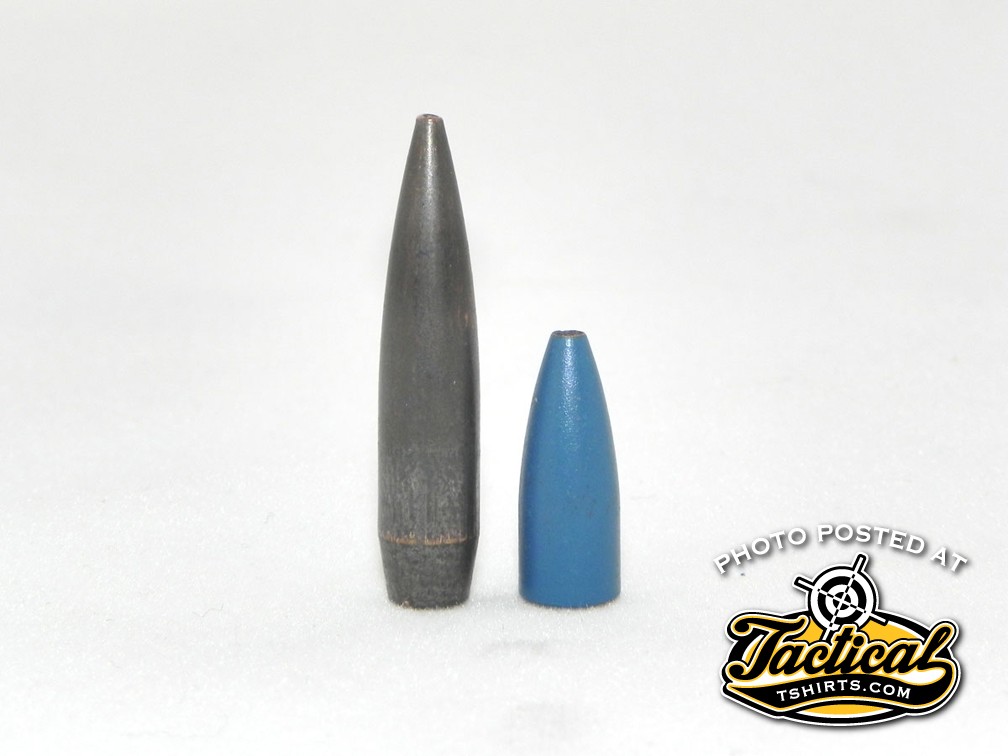
A friend of mine just jumped into the AR-15 game and wasn’t clear on how to select the optimum twist rate for the various bullets he wanted to use. He had been told that the faster twist rates (1:7-inch) require a heavier bullet (75 grains) with longer bearing surfaces, and that a slower twist (1:9- or 1:10-inch) will shoot the lighter, shorter 50-gr., 52-gr., and 55gr. bullets. I explained that while his combinations of bullet weights and rifling twists are correct for the .223 Rem. cartridge, it’s the bullet that requires the right twist, and not necessarily the twist that requires the right bullet.
The most common formula for estimating twist/bullet compatibility is known as the “Greenhill Formula.” That formula, T*L=150 (where T is the twist rate in calibers and L is the length of the bullet in calibers) applies specifically to lead bullets, but can also be used for jacketed lead bullets. Its simplicity does not do gyroscopic stability or Sir George Greenhill’s work justice.

As indicated by the formula, it’s the bullet’s length, not bearing surface or weight that’s the key to stability. Long, skinny bullets have minimal moment of inertia about their longitudinal axis and maximum moment of inertia about an axis through their center of gravity perpendicular to their longitudinal axis requiring a faster twist to prevent them from turning over in flight. While many will disagree, I don’t think that you can “over stabilize” a bullet to its detriment by using too fast a twist unless using a very fragile bullet at a very high velocity. In that case, the centrifugal force may exceed the yield strength of the bullet causing it to fly apart in flight and in the .223, it’s unlikely you’ll reach that high a velocity.
The take-away: the longer the bullet you intend to use, the tighter the twist needs to be.
Scott Mayer
www.tacticaltshirts.com
www.john1911.com
“Shooting Guns & Having Fun”
- CMMG Banshee & DefCan - April 13, 2018
- Cartridges Before There Were Cartridges - May 7, 2017
- Gas Rings Seal Test - April 17, 2017




